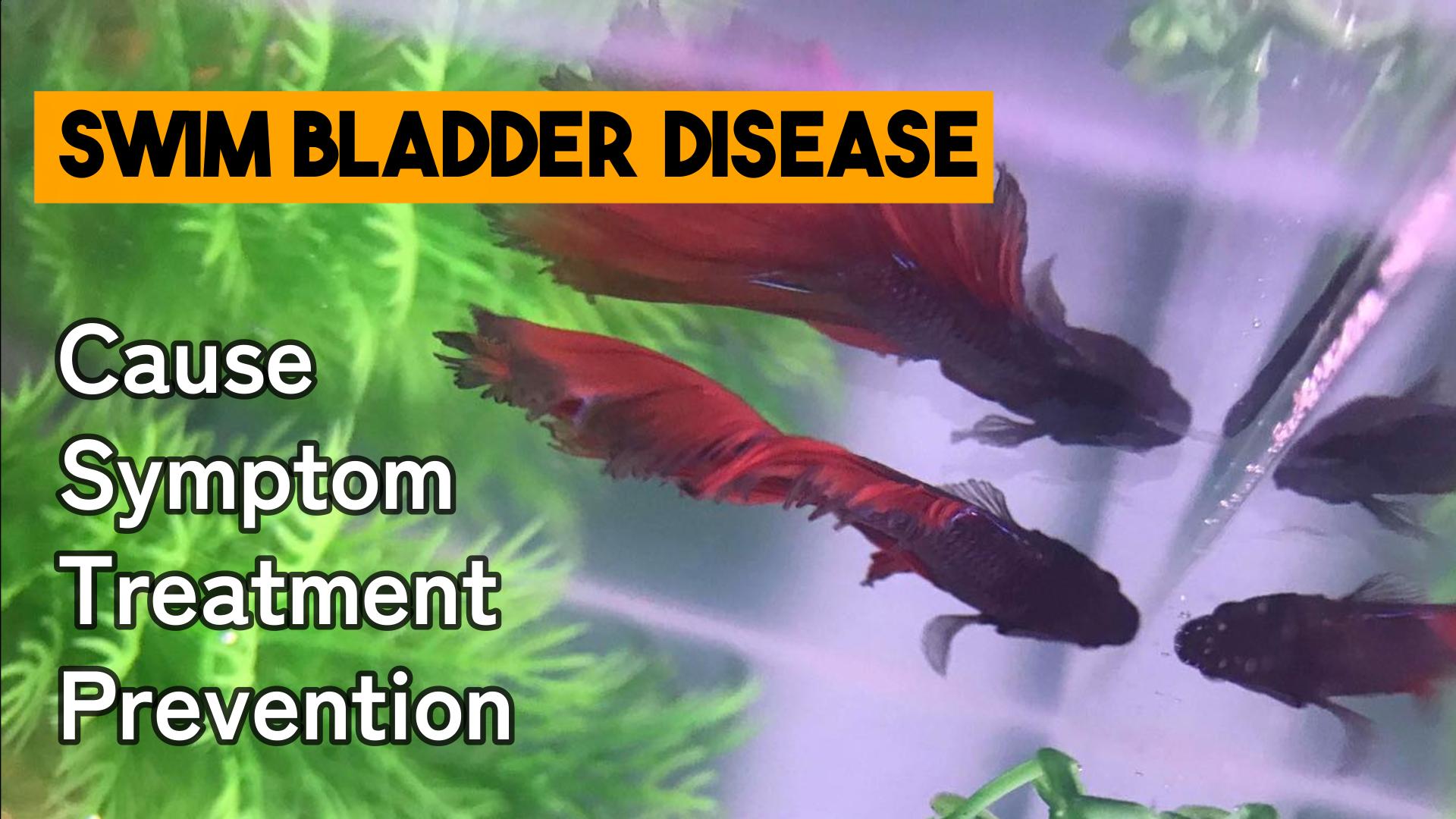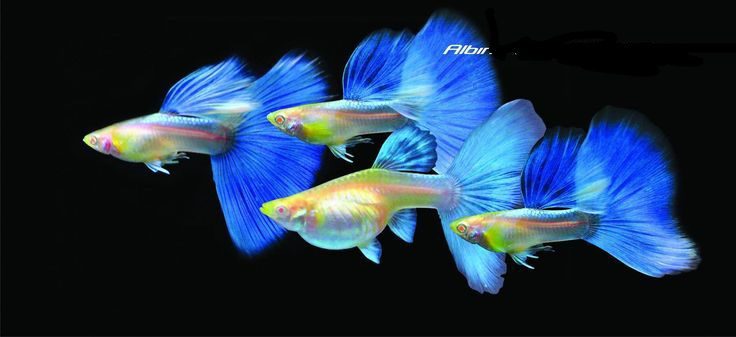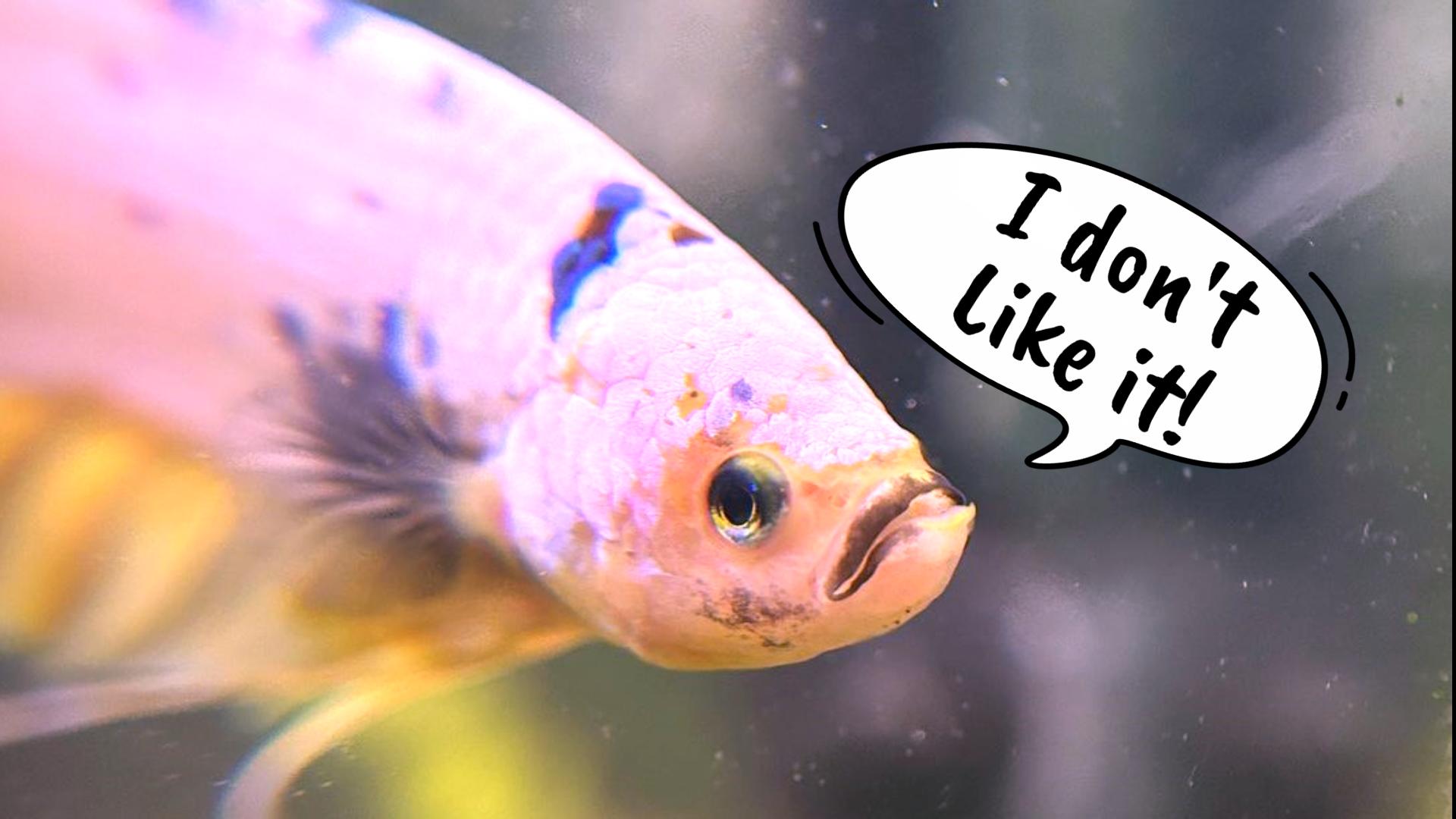If you’re noticing weird behavior in your betta, like abnormal swimming, floating vertically, on its side, or upside down, there’s a high chance it may have swim bladder disease. I’ve seen this condition in my betta fish more than a few times. I will walk you through what is swim bladder disorder including causes, symptoms, and simple steps to treatment.
Swim bladder disease
In simple terms, this disease is nothing but a gas-filled swim bladder organ of your Betta fish’s body which prevents your fish from swimming normally. It’s commonly called “Swim Bladder Disorder”, or “Swim Bladder Disease”. In my perspective swim bladder disease is not a sickness; rather, it is a word used to describe a condition that causes damage to your betta’s swim bladder and prevents it from swimming correctly.
What is a swim bladder?
The swim bladder is an internal organ of your betta fish that helps fish maintain buoyancy and balance in the water. When the swim bladder functions properly, the fish can swim normally and maintain its position in the water. However, if the swim bladder is not functioning properly, the fish may have difficulty swimming. They can exhibit symptoms like floating to the surface, sinking to the bottom, or swimming abnormally. Swim bladder issues are common in betta fish. They can be caused by a variety of factors, including overfeeding, constipation, and bacterial infections.

Betta fish are not the only fish with swim bladder disease. Some other types of fish are also affected by swim bladder disorder, which can be treated in several ways. Particularly, I have personally handled swim bladder disease in my goldfish, which is more common than betta fish due to their eating habits.
Can my fish die from swim bladder problems?
Generally, no so long as you treat promptly. While dropsy can present like bloating, it also involves scales sticking out like a pinecone. This condition can be fatal, but it isn’t as common as simple bladder problems. Even if the issue is permanent, like birth defects, you can easily change your tank to make your fish more comfortable. Just limit the amount of swimming it has to do to get food or reach the surface by changing up your tank as recommended. Your fish should do much better if you accommodate its difficulties.
What Causes Swim Bladder Disease in Betta?
Swim bladder disease is a secondary symptom of other betta fish diseases. Swim bladder disease has various causes. However, the most common causes include overfeeding/constipation, low water temperature, shock, physical trauma, parasitic or bacterial infection, birth defects, and other rare causes.
Overfeeding – Swim Bladder Disease
Swim bladder disease is primarily caused by overfeeding and digestive issues. Feeding fish too much can cause constipation. Bettas can be greedy and may keep eating even when they’re full, which can make their stomach swollen and pressure their swim bladder. Overfeeding can also lead to constipation and fatty deposits in the bladder. If they keep eating, it will expand their stomach and block their intestinal tract or make their stomach expand, pressing down on their swim bladder. So, it’s important to feed your betta fish the right amount of food and avoid anything that can cause problems.
Cold water – Swim Bladder Disease
Bettas are sensitive to water temperature. If the water in their tank is too cold, betta fish digestion slows. This means that food may get stuck in their gut, causing pressure on their swim bladder.
Shock – Swim Bladder Disease
Your betta can choke when experiencing sudden fluctuations in tank water conditions, light, or temperature. Even though this is a less common cause of swim bladder disease, these rapid changes can lead to fin clamping and swim bladder issues.
Parasitic infection – Swim Bladder Disease
This is a rare but serious cause of swim bladder disease. Parasites can invade your betta’s intestines and cause internal damage, making it difficult to swim. Parasitic worms can also get into your betta’s stomach and intestines, leading to swim bladder disease in severe cases. Although parasitic worms are usually not fatal, they can harm your betta’s swim bladder.
Bacterial infection – Swim Bladder Disease
This disease can also be caused by bacterial infections. This along with parasites is likely due to poor water quality. If your betta is suffering from a bacterial infection, swim bladder disease will likely be a symptom along with many other symptoms.
Birth defects – Swim Bladder Disease
Swim bladder problems in fish are sometimes birth defects. In some cases, your betta may have a congenital disability that affects its swim bladder. These cases are often fatal, and they are more common in double-tailed betta fish than in other types. If your betta has never swam normally, this might be the case.
What are the symptoms of swim bladder disease?
There are several symptoms you may notice in your betta fish that indicate swim bladder disorder. One of the most prominent symptoms of this disorder is difficulty swimming and staying buoyant. Depending on the underlying cause of swim bladder disease, your fish may display different symptoms. However, not all symptoms appear at once. It’s critical to note that symptoms caused by parasites and bacterial infections can differ from those caused by other factors.


Unusual swimming
The swim bladder regulates the fish’s ability to float, and if it is deflated, the fish may not be able to float or swim stable. If the fish swallows too much air, it may float to the top of the tank. If the bladder is unable to hold air, you may see your betta fish stay at the bottom-most of the time. In addition, fish with swim bladder disease might struggle to stay upright, swim upside down or sideways, and have excessive fin movement. No matter how hard your betta swims in a certain location, it will sink or float up. This is as it tries to maintain a regular posture.
Incorrect body shape
A bent spine or enlarged belly is a clear indication of the swim bladder. Compression of the swim bladder may cause the fish to swim with a distended stomach. The fish’s digestive process may become disrupted by this disorder, which may enlarge the belly. If the fish’s abdomen is inflated, other organs are pushed aside which can sometimes cause the spine to curve. As a result, your fish has a curved back or a bent spine.
Changed appetite
Affected fish may not eat normally or have no appetite at all. This is caused by constipation. This might be due to it being trapped at the bottom or top of the tank at some point and your fish gave up trying to keep fighting against it to swim normally. This is a pretty obvious ruse since betta fish are gutty, and when they aren’t feeding, it’s obvious something is amiss. At this point, your betta may also be lethargic.
Parasitic and Bacterial Infections
If your betta fish is suffering from a bacterial or parasite infection, you may observe a few symptoms. Firstly, your betta may hold its fins close to its body, resulting in clamped fins. If you notice this, treating it for constipation or overfeeding may not be effective. Secondly, if you observe your betta shaking, it is a clear indication that it has been affected by illness. If you see any of these two symptoms, your betta fish is affected by some infection and the swim bladder is just a cause of that underlying illness.
Swim bladder disease treatment
The type of treatment you need depends on what causes swim bladder disease. If you have a quarantine tank handy, it’s an excellent idea to move your betta fish. This is so you can treat him without medicating the other fish and plants in your tank.
Overfeeding
If overfeeding causes swim bladder issues in your betta fish, take these steps: Stop feeding for up to three days, raise the water temperature to 80°F for digestion assistance, and avoid air-filled foods. Fasting can help. For constipation, move the betta to a hospital tank, fasting or feeding small amounts of cooked, blanched peas.
Shock
If you suspect that your betta is experiencing swim bladder disease due to shock, make sure the tank temperature is stable and appropriate for your betta’s needs. If there has been a sudden temperature drop, gradually warm up the water to the correct temperature. Secondly, turn off the lights in the tank to give your betta a chance to rest and recover. This will reduce stress and promote healing.
Parasites and bacterial infection
You need to move your fish to a hospital tank and treat their specific condition. Since bacterial infections are more common, try that before moving to parasites. Use melafix for bacterial infections or bettafix since it has better results for bettas. Remember to read the package directions carefully when taking any medication. Be sure you’re using the right treatment. The manufacturer has many helpful diagrams and advice on treating many common fish ailments with their products.
Birth defects
If your betta fish is experiencing swim bladder disease due to age or a birth defect, unfortunately, there isn’t much to fix it. However, you can make their life easier by changing their tank. Consider using a shallower tank of the same gallon size, and adding some silk or live plants with wide leaves to provide a resting spot. This can be an excellent option for any fish that has trouble swimming. Just make sure to follow proper betta care and choose a tank of at least 5 gallons with a heater. This will ensure your fish stay happy and healthy.
How to Prevent Swim Bladder Disease?
Preventing this disease is simple and requires a few changes to the way you care for your betta.
Feed Your Betta High-Quality Food: Buy food from a reputable brand without too much air. Low-quality food can make your betta bloated and constipated, leading to swim bladder disease. Aqueon Betta Pellets are a good choice.
Before feeding, soak the food so it sinks. Bettas swallow air when eating from the surface, which can cause this disease. If you don’t want to soak it, consider buying sinking fish food.
Don’t Overfeed
Bettas have small stomachs and don’t need as much food as you might think. Stick to 3-5 pellets or a small amount of food per day. As a rule of thumb feed the quantity as big as your betta fish’s eye. Anything beyond that is considered overfeeding.
Keep the Water Clean
Perform regular water changes, vacuum gravel, and remove algae. Make sure the nitrogen and ammonia levels are appropriate.
Maintain a Constant Water Temperature
Fluctuations in temperature can cause this disease and stress your betta out. Keep the water temperature between 76 and 80F.
Betta Fish Swim Bladder Disease and Treatment.





